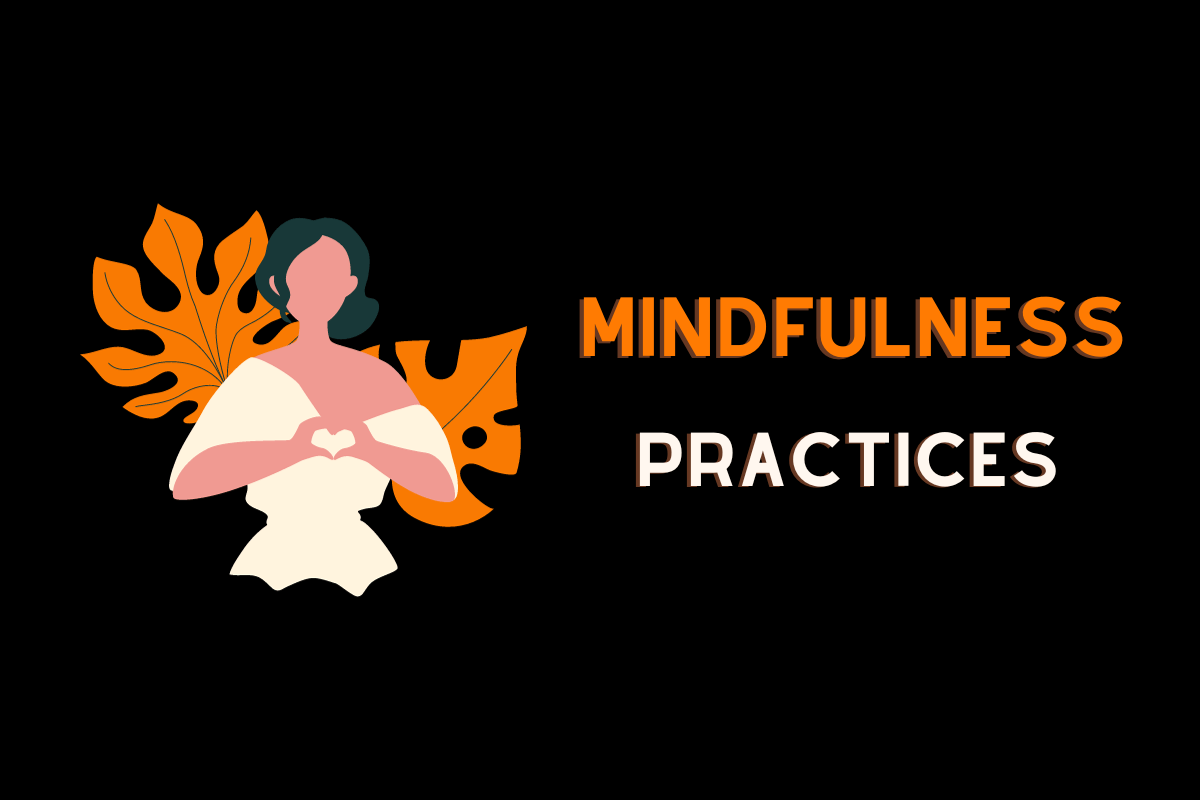Mindfulness simply means staying present and fully engaging in the current moment. Contrarily, people tend to be so caught up in their minds, in other words their self-talk, preconceived notions, inhibitions and concerns that they fail to be mindful in the moment.
This is why mindfulness in a sense means escaping the traps your mind succumbs to and freeing it from any other thoughts than those in connection to what is actually unfolding in the “now”..
“Mindfulness is paying attention in a particular way: on purpose, in the present moment, and non-judgmentally.” – by Jon Kabat-Zinn, a pioneer in the field of mindfulness-based stress reduction.
With the increase in technology, as humanity these days we exert our bodies less, which means we have more and more time to use our minds, which happens in the form of self-chatter. Couple that with the ever-increasing scarcity mindset that created modern civilization and what are we left with?
A solid practice of constantly weighing things in our minds at any given time from both the past and the future, while missing out entirely on what is actually unfolding in the present.
Mindfulness is bringing the focus back to where it predominantly belongs, which is in the present and as a non-judging observer. After all, everything we actually experience takes place in the “now”.
In Buddhism, mindfulness emphasizes being fully present in the current moment, without dwelling on the past or being overly concerned with the future. It involves a direct and non-judgmental awareness of one’s thoughts, feelings, and experiences as they arise. It is considered a transformative practice that leads to greater clarity, compassion, and ultimately, liberation from suffering.
How to achieve mindfulness

Buddhism breaks mindfulness down into four pillars: body, feelings, the mind and mental objects, which could also be described as the subconscious constructs of the mind. While being aware of these four foundations of our being: mindfulness can be practiced with the four methods described below:
Non-Attachment
Mindfulness involves observing thoughts and emotions without attachment or aversion. In practice this means aiming to develop a balanced and objective awareness, allowing experiences to come and go without clinging or resisting.
Concentration and Focus
Mindfulness meditation often involves practices that enhance concentration, such as focusing on the breath or other specific points of attention, which contributes to developing a calm and steady mind.
Insight and Understanding
Mindfulness is not just about being aware of the present moment but also about gaining insight into the nature of existence. The aim is to understand the impermanence, unsatisfactoriness, and selflessness of all phenomena, leading to wisdom and liberation.
Application in Daily Life
Mindfulness is not limited to formal meditation sessions. It is encouraged to be integrated into everyday activities, promoting a continuous awareness in all aspects of life. This includes mindful eating, walking, and interactions with others.
Mindfulness is like a mental workout
Thankfully, from meditation to breathwork, there are a lot of methods available to practice mindfulness. Like training for any sport, the more you practice the easier it will be to achieve mindfulness regularly.
However, for some, setting aside the time to do practices like yoga or taking a walk in nature can be challenging. But achieving mindfulness doesn’t have to be hard work, in fact, it’s easier than what you are doing if you are not being mindful as in fretting about the past or worrying about the future.
Being mindful is actually just as easy as turning on a switch when you know how to do it and these simple practices that can be done near anywhere and at any time are a surefire way to begin implementing mindfulness into a daily routine.
Top 10 mindfulness techniques to practice

While there are plenty of mindfulness techniques to choose from, here are a few you might find helpful:
1. Breath Awareness
Focus on your breath. Notice the sensation of each inhale and exhale. Practices such as box breathing, which can take as little as a minute to do can reduce stress and improve mood instantly.
2. Body Scan
Pay attention to each part of your body, starting from your toes and moving up to your head, while noticing any tension or sensations.
This can be done in pretty much any position and can also be extended to beyond the body, such as increasingly widening the perception of self and where we stand in relation to our surroundings such as watching ourselves from above and acknowledging the miniscule space our body takes up in relation to the planet.
3. Mindful Eating
Eat slowly and savor each bite. Pay attention to the flavors, textures, and smells of your food. A fun technique is to blindfold yourself as you eat and see how food tastes that way, while also paying attention to when your stomache begins to feel full.
4. Walking Meditation
Take slow, deliberate steps, paying attention to each movement. While this can be done anywhere, being in nature and feeling the ground beneath your feet is a wonderful way to experience the present moment.
5. Observing Thoughts
Instead of getting caught up in your thoughts, observe them without judgment. Imagine them as passing clouds and try to understand what may have triggered the thoughts from your past and how they make you feel in your body.
6. Gratitude Practice
Take a moment to appreciate and express gratitude for the positive aspects of your life. You can carry something symbolic with you such as a “gratitude rock” that you hold in your hand while focusing on what you are grateful for and the object’s presence itself can serve as a constant reminder of what you love.
7. Loving-Kindness Meditation
Focus on sending love and good wishes to yourself and others. If you harbor anger towards something seek to forgive, drawing on empathy and compassion.
8. Mindful Listening
Fully engage in conversations without planning your response. Listen actively to what others are saying rather than solely focusing on what you want to share or say next.
9. Sensory Awareness
Engaging your senses fully in the present moment, whether through mindful listening, observing, or touching.
A popular mindfulness practice that can be done nearly anywhere and at any time is to notice five things that you can see, four things that you can feel, three things you can hear, two things you can smell and one thing you can taste.
10. Journaling
Reflecting on your thoughts and feelings in a non-judgmental way can not only enhance self-awareness and mindfulness, but it can be a way to problem-solve and to acknowledge the good things in your life.
These mindfulness practices can easily be adapted to fit your preferences and lifestyle. Give them a try and see which ones resonate with you!



